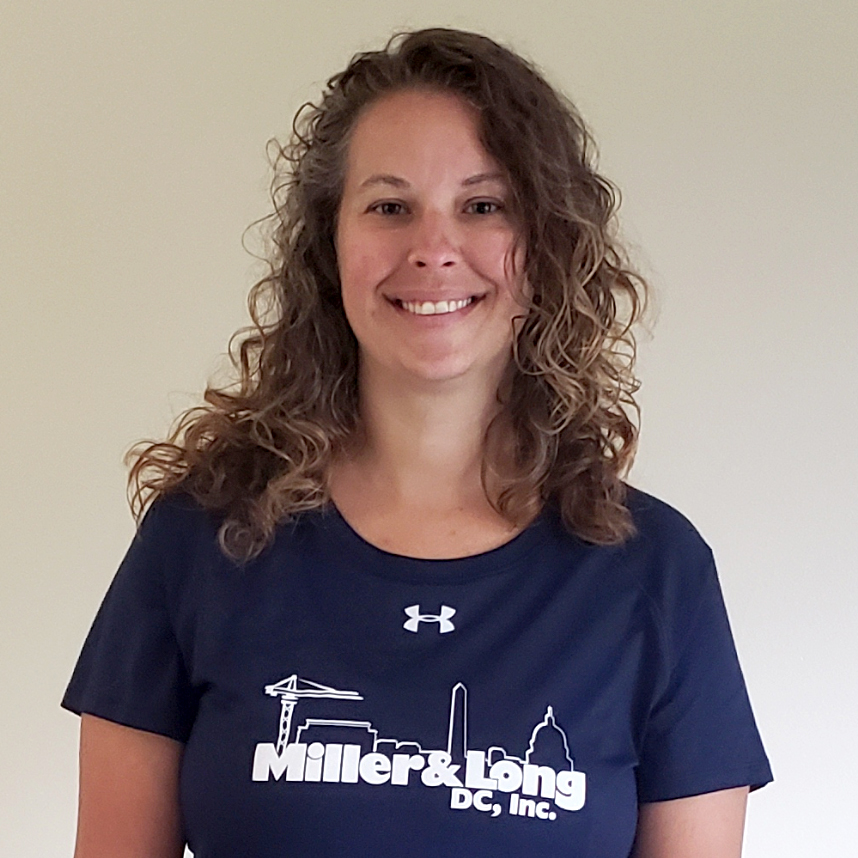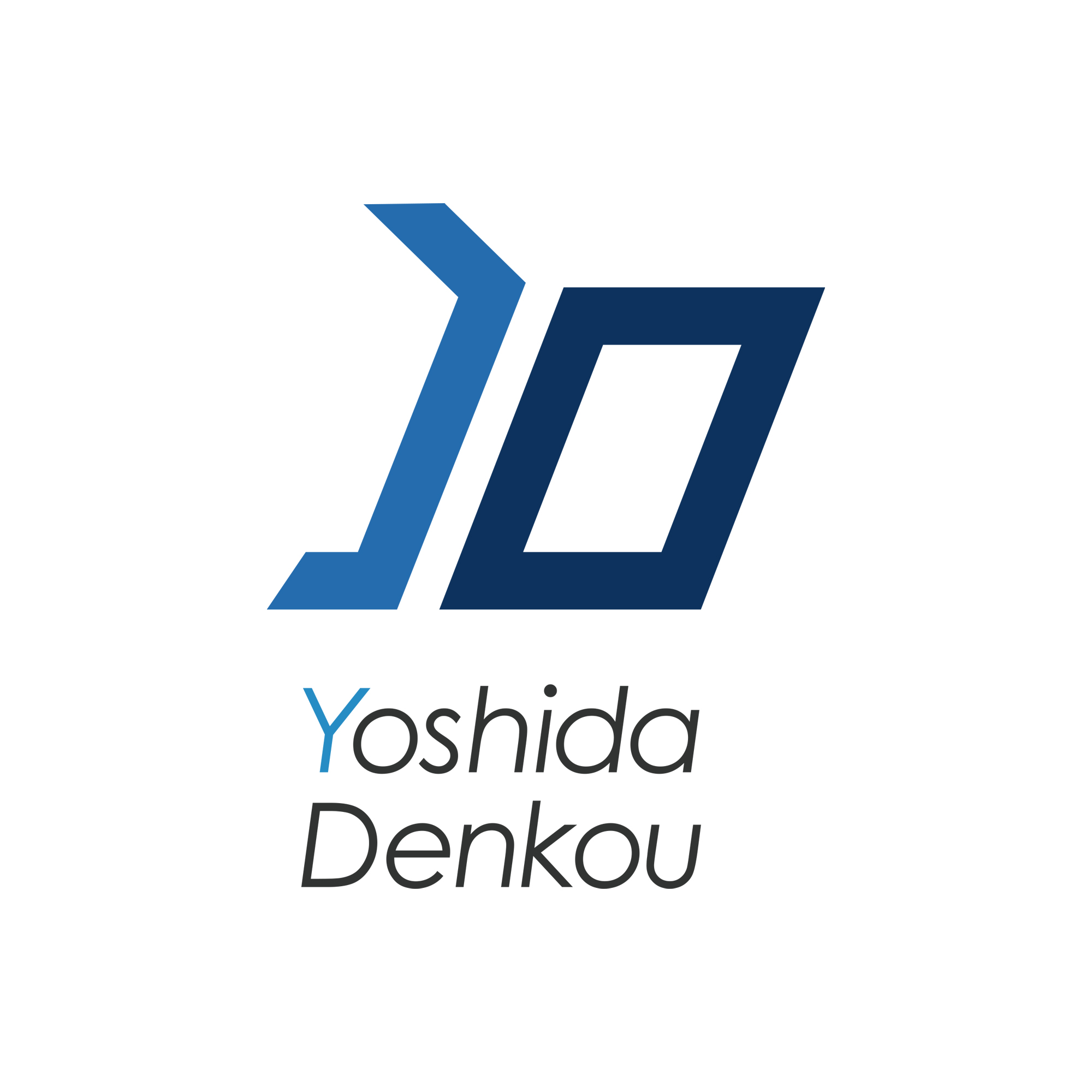
How digital transformation helped Miller & Long gather key data faster
Learn how Smartsheet has helped Miller & Long modernize its operations, save staff time, improve oversight of expenses and processes, and enhance security and privacy.

"As I started learning more about the internal processes of the company itself and how people worked, I thought Smartsheet was going to be the perfect solution for easy collaboration and transparency."
Director of IT, Miller & Long
After 70 years of business in concrete construction, Miller & Long was not only ushering in a new generation of leadership but modernizing its processes and technology as well. CEO Brett McMahon realized that to gain greater visibility into business and field operations, the company needed a centralized platform to supersede its paper-based procedures and fragmented software tools.
“Our new CEO wanted more transparency into what was going on at the job sites and internally,” says Raylene Dufresne, director of IT at Miller & Long.
“We weren’t really getting that with the structure that was set up previously. It was very siloed; if you wanted to know how a job was doing, you might have to wait a couple of weeks for the paperwork to get to the office from the job site. As I started learning more about the internal processes of the company itself and how people worked, I thought Smartsheet was going to be the perfect solution for easy collaboration and transparency.”
Smartsheet has helped Miller & Long modernize its operations, save staff time, improve oversight of expenses and processes, and enhance security and privacy.
Outdated databases and operations
Over the years, Miller & Long has amassed scores of databases, each intended to meet specific objectives and goals. Employees would manually enter data into multiple systems, then compare disparate data sets. Spreadsheet reports circulated with minor updates — sometimes bearing filenames of employees who had left the company years before — so it wasn’t clear who ultimately was responsible for certain documents.
The company’s two most important systems were paper-based. The “daily” was a preprinted, three-ply, standardized checklist on which the timekeeper at each construction site would note materials received and used, staff hours worked, and other events of the day, and also hand-calculate totals across categories.
Deliveries of concrete, plywood, rebar, and other supplies were documented with paper tickets at the job site or warehouse. It could take days for a staff member to receive and enter the data from the hand-scrawled and rain-spotted sheets into the right databases.
It was untenable: “The timekeepers would have to do the math in their heads,” Dufresne says. “And of course, if you can’t read the writing, what’s the point of having it? But literally every job, every day, had to have this piece of paper, and that paper had to be physically delivered to the office.”
Path to digitization
The data captured from worksites was essential to track progress on jobs and create more accurate estimates for future work. So, one of Dufresne’s early goals was to digitize the daily.
She collaborated with a technology task force to analyze site reporting process and develop a Smartsheet version of the form. Worksite timekeepers fill in figures for supplies, labor, deliveries, and more. Built-in formulas do the math, eliminating the errors that used to result from back-of-the-envelope calculations at a job site. With just a few clicks, the day’s figures are uploaded to the central system directly from a mobile device.
The digital daily was a huge hit: It took only a few months for the last paper form to be replaced with the Smartsheet version. Dufresne says employees were so excited, they began lobbying to convert paper delivery tickets to Smartsheet sooner than she’d planned.
“After seeing how much time has been taken off their plate, they’re pushing for more automation through Smartsheet,” Dufresne says. “Accounts Payable has always required the physical delivery tickets that are given to the timekeepers. But the timekeepers could just take a picture with their cell phones and put it on a row in Smartsheet, and you will have the original sooner than you would have the paper version in hand. So the time it took for all this data to get to our main headquarters — it’s all gone. It’s phenomenal.”
Time saved through data automation
Miller & Long is making the most of its Smartsheet investment by using premium tools to simplify the most challenging tasks. Data Shuttle has transformed how the company tracks and analyzes two key expense areas: highway tolls and mobile phone use:
- Each of the company’s trucks that delivers concrete, plywood, and rebar to construction sites throughout the extended Washington, D.C. metro area is equipped with a transponder to automatically pay tolls. Manually matching toll usage to individual trucks used to take a superintendent days of combing through the transit authority’s CSV file. Data Shuttle enables streamlined importing of the CSV data into a sheet for the truck fleet; the superintendent can see within minutes who’s spending the most on tolls and why.
- The company’s media carrier also provides a CSV file with usage data for company-provided cell phones. Data Shuttle quickly matches numbers to staffers, so analysts can confirm that individual phones are being billed for the right set of features or follow up with employees who are exceeding usage limits.
Creating a culture open to change
A key factor in Miller & Long’s enthusiastic embrace of Smartsheet is the platform’s ease of use and easy learning process. Another factor is Dufresne’s savvy approach to socializing a new technology. She knows that in any organization, there will always be people who resist change; her strategy is to focus on these colleagues first and work closely with them to hear their concerns, and design processes that address them.
“You’ll always have people who are dealing with FUD — fear, uncertainty, and doubt,” Dufresne says. “When I identify who those people are, I bring them in more, because they feel at ease to speak out. We dive into each little issue to make it a non-issue, and the more I make them part of that process of change, the more they become our biggest champions.”
Dufresne and her team are using Smartsheet for small projects, like inventorying the company’s printers, and large ones, like developing templates for the company’s first standardized department-level budgeting process. They’re planning to adopt premium add-ons and integrations: Smartsheet DataMesh to cut even more time out of vendor data reconciliation processes, and reviewing how and when to add the Microsoft Teams integration and Smartsheet Dynamic View.
Dufresne also appreciates that the cloud-based solution offers her colleagues better security and privacy than the old on-premises file-tree system.
“It was an interesting conversation to have with people,” Dufresne says. “Some were really hesitant in the beginning to put sensitive data into Smartsheet because it’s in the cloud. But because it’s a multi-tenant database, it’s more secure than putting the data on-premises. I’d explain: You have control over your password in Smartsheet; I don’t. As an administrator I can’t see that data. Whereas if you put that data on my server, I can see it. It’s been really cool to see people understand and embrace that.”







